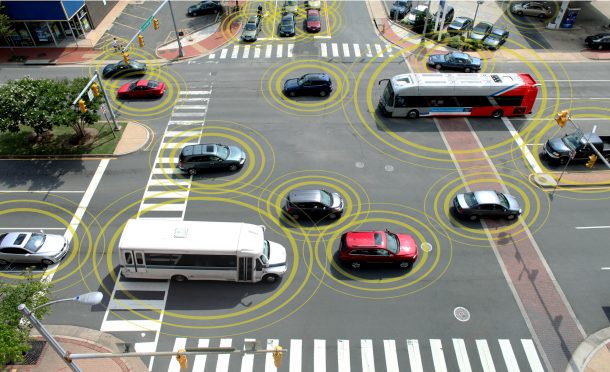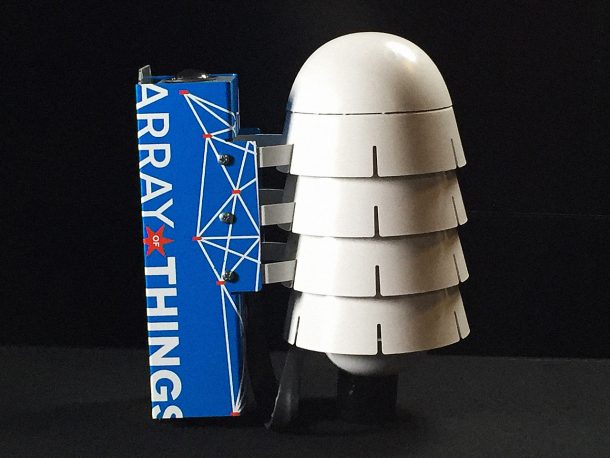Chicago is on track to become the first major city in the United States to install infrastructure for the collection of Big Data. Installation of hundreds of environmental sensors has been recently sanctioned by the city authorities, and this will enable the city data centre to collect data on temperature, humidity, light, sound and cell phone signals around the city. This data will then be processed and used to make Chicago a better, safer and cleaner city. The authorities have decided that they will use the lamppost infrastructure already in place to install the sensors along Chicago’s Michigan Avenue.

Smart cities are true representation of big data generators, where all multiple sensors placed across the city gathers huge amounts of data. The city plans to open source this data to the public, enabling them to access and play with it as they please. This is done in a hope to trigger the advancement of more personalised and innovative applications and technology for the city of Chicago.
The video below shows what Chicago plans to do with all that data, and how is it going to affect the city.
These environmental sensors will not only collect data but will enable the people to design and develop greater technologies. For example:
Maintenance management
This could be a huge prospect for a city, which can help save millions of dollars and scores of lives. Maintenance management can use the data acquired from the sensors and create algorithms to help the city in preventative maintenance management. This means the city can go and do repairs on a failing structure or technology before it crashes and burns completely, thus saving the community a lot of money in unnecessary maintenance. Apart from this, the citizens can also report any damages on urban elements via smartphones.

Traffic management
The data collected by the sensors can be used for smart traffic management around the city. The drivers will be able to know about traffic congestion on a particular route beforehand courtesy the data. Also, the smart traffic lights can adjust their timings according to the traffic load on a particular area. Smart parking sensors could be used to alert drivers about free parking spaces. Similarly, street lights could be turned on and off according to the traffic and business of the road, saving a lot of energy.

Smart grids
Smart energy grids will make the usage and distribution of energy a lot more efficient throughout the city. A smart grid will manage all the electric vehicles requiring energy, and will also sense the amount of people present at a particular time and location to adjust lighting and other electrical systems accordingly.

All these technologies aim to create an array of things, which can interact with each other to create a more holistic and targeted smart technology. Initially, the array of things in the city of Chicago requires to take some photographs to train the sensors, and there has been some criticism on how these pictures will be used afterwards. Also, there have been concerns about the increase in surveillance and the lack of liberty this technology aims to instil.
But the overall effect of such propositions are only positive, which make our future a lot more exciting, cost effective and safer to live.
Have anything to add to the way this technology will affect the city of Chicago? Let us know in the comments’ section below!



Simply collecting data will NOT make anybody safer. What is important is what is DONE with that data, and that depends on who makes the decisions, what is decided to be ‘safer’ and for whom, and how those decisions are implemented. It all comes down to trusting city officials – both the elected ones and their appointed cronies.
Whom do YOU trust?